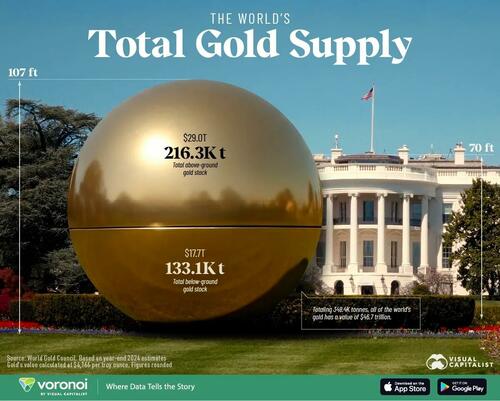The Niti Aayog has published a discussion paper titled ‘Multidimensional Poverty in India since 2005-06.’ It is a technical paper that examines our poverty trend over the past two decades. It estimates that nearly 250 million people escaped multidimensional poverty in the last nine years. This estimation is done by interpolating poverty numbers for 2013-14 and 2022-23, based on data extracted from National Family Health Survey rounds 3, 4 and 5 (i.e. from 2005 till 2021). What does it mean to be multidimensionally poor? It means poverty as measured not only by lack of income, as conventionally understood, but also along other dimensions of deprivation. These include indicators like health, schooling, sanitation and even bank accounts. The interpolation is linear, weights for various dimensions are equal and deprivation cut-offs are specified. One can quibble about finer methodological points, but let us leave that discussion for another occasion. A multidimensionally poor person is one who is deprived (i.e. below the cut-off) on at least four of 12 dimensions. Measured thus, the proportion of Indians below the poverty line fell from 29.17% in 2013-14 to 11.28% in 2022-23, translating to roughly 248 million. That’s an impressive achievement in a short period.
Is it credible? Didn’t covid interrupt the education of more than 200 million children with weak online access, setting them back by two years? Did the government not extend free foodgrains for another five years for 800 million Indians? Aren’t many states giving subsidies on gas cylinders, housing and other amenities? Is India not slipping on hunger and nutrition rankings? How then does this reconcile with an estimate of massive poverty reduction?
It is because the glass is technically both half empty and half full. Indeed, welfare spending on free foodgrains and cooking gas subsidies is a policy instrument for poverty reduction. It is quite possible that post welfare transfers, deprivation on many dimensions has considerably reduced. For the ordinary citizen, poverty simply means lack of income. If some lack of purchasing power is compensated by welfare spending and direct benefit transfers, then that should be counted as income for the recipient. The moot question is how long welfare support can continue. Is it a long-term solution? Is it affordable? What about perverse incentives?
In the light of many contrary indicators, even if cherry picked, the latest Niti Aayog estimates will be disputed for sure. The measurement of poverty in India is a heavily contested terrain. The first comprehensive and definitive study that gave estimates of it came not from the government but from a private source, the Gokhale Institute in Pune. That pioneering work of Professors V.M. Dandekar and N. Rath, published in 1971, was based on the calorie norm and set off a lively debate on concepts, methodology and estimates. Is the headcount ratio approach correct? Should we not also look at depth of poverty? Is it not incorrect to apply uniform calorie-requirement norms to all? Should we not look beyond food consumption? Some of these questions anticipate the development of multidimensional measures, now endorsed by the United Nations too. But the debate refused to die. There is a famous book edited by Nobel laureate Angus Deaton and published in 2005 called The Great Indian Poverty Debate. Since then, the debate has only got more strident. Even if you ignore shrill declamations from blinkered ideologues or political partisans, a consensus is elusive. Even the World Bank and International Monetary Fund estimates of Indian poverty differ by a wide margin of 10 percentage points. Maybe this is a case of the blind men and the elephant, and each person’s assessment is valid subject to their sensors.
The blind men metaphor is apt because current research is blindfolded by the absence of household consumption data. In a country with a huge informal sector, and a large number of self-employed persons, intensive and regular household surveys are essential not just to measure poverty, but to frame policy in general. Consumption data is used not only to estimate poverty prevalence, but also to gain insights into wages, inflation and other indicators. The surveys are important because with vast informality, the aggregate national accounts system needs to be triangulated with household survey findings. Otherwise, the divergence is too huge and stretches credibility in both directions.
Finally, there is something to be said about the old-fashioned unidimensional headcount ratio studied by Dandekar and Rath. Is there a unique indicator that gives us most of what we need to know? Aren’t most ingredients in the multidimensional poverty measure correlated? Just like Project Tiger, which focused on the protection and health of the species on top of the food pyramid to safeguard all flora and fauna in our forests, what is that single variable which captures the totality of human development, deprivation and poverty? This is an open question. There was the hint of an answer in a paper written by economist Partha Dasgupta in the early 1970s. He concluded that if there is only one thing we must focus on, it is life expectancy at age one. It captures quality of pre- and post-natal care, healthcare status, family income and well-being in general. Going beyond measurement debates, we too must look for that one robust indicator that simplifies and captures most of the information tracked by the more complex multidimensional poverty measure.
















